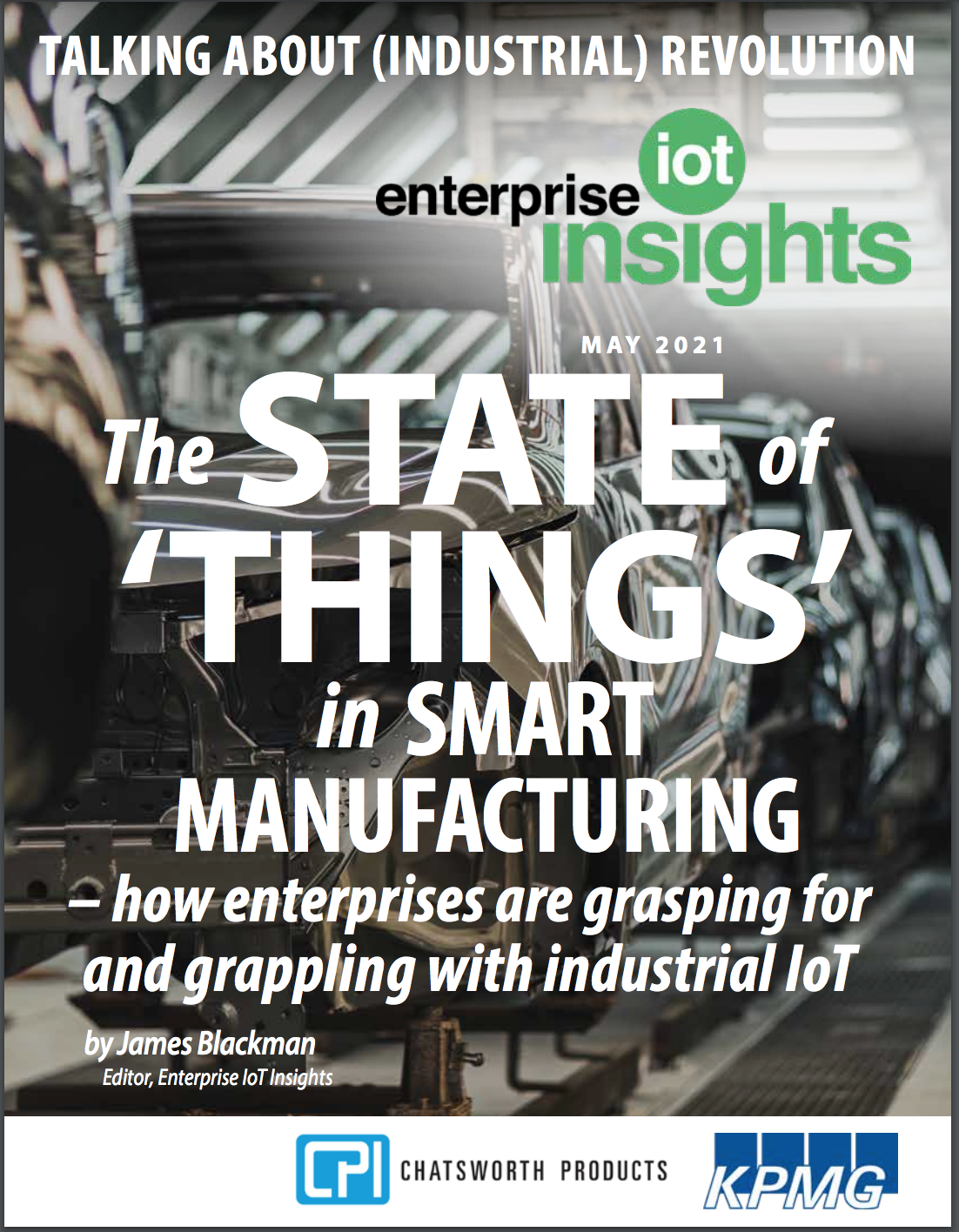Spending on factory-based IoT data applications will grow from $18 billion in 2019 to just over $27 billion in 2024, a rise of 50 per cent in the period. About $32 billion will go on industrial IoT platforms for smart manufacturing by 2025.
The market for artificial intelligence and machine learning services will spiral upwards 10-fold (!), to about $10.6 billion by 2026. Spending on private and shared 5G networks will surpass spending on public cellular networks in about 15 years. These are all statistics from ABI Research – which, for our money, has just about the keenest eye on the broad industrial IoT space.
They are useful, of course, but they are best considered to show the general direction of travel for industries and technologies, and not to chart a particular course for enterprises themselves, on a personal quest for their own private industrial revolution. (There is a sage line in here, somewhere, about ‘statistics, drunk men, and lampposts’.)
What these numbers say is that the pace is gathering, quickly. What they do not say is how the market is actually doing, today – in the long shadow of the future promise and the big business of smart-everything? Rather, we are left to ask: what do we think we know, and what do we want to know, about the state of ‘things’ in manufacturing?
We can make a number of assumptions; mainly that the demand-side is hungrier, emerging from a global pandemic that has locked-down global supply chains, and the supply-side is more laden, with better technologies and deeper experience. This much is plain. But problems persist, clearly. As for every ‘smart’ industry, the minutiae of cross-connecting systems and processes to cross-fertilise data and magic-up ‘insights’ is mind-numbingly complicated.
The gap between the grand vision of change and the hard graft of engineering appears to be difficult to close – and is cleaved-wider by technical challenges with integration and interoperability, translating into functional problems with simplicity and scalability. Despite the bluster and hype from the tech industry, and the slow march by early adopters in manufacturing (as the leading sector), Industry 4.0 remains like a ball of snakes for many enterprises.
So how is that being resolved, particularly as enterprises grasp for organisational solutions to the waking nightmare of Covid-19? What should they do, to drive digital change and guard against future lockdowns and shutdowns? The best way to find answers to these questions is to poll the industry itself. In the latest report in the new Talking About Industrial Revolution report series, we present anecdotal evidence that, indeed, problems persist in smart manufacturing, but that progress is quickening.


